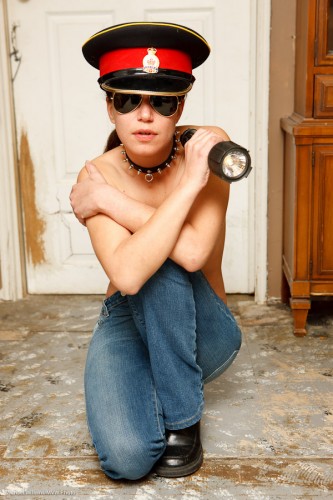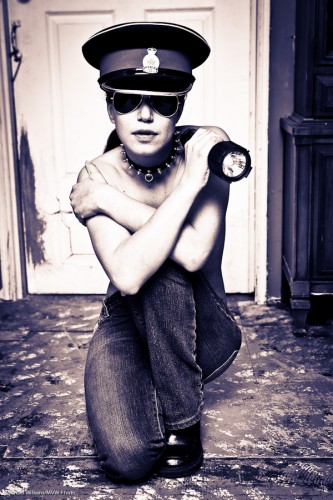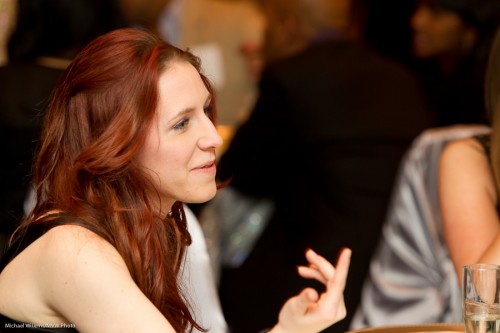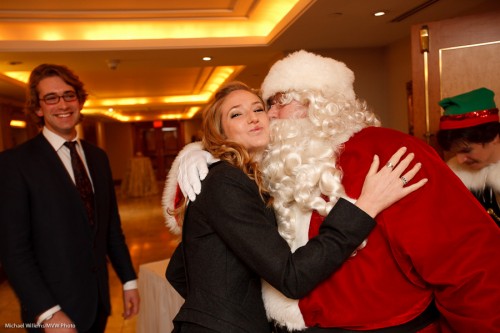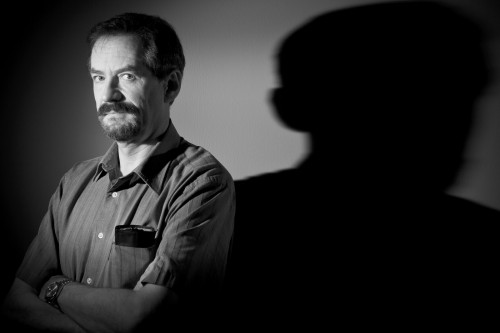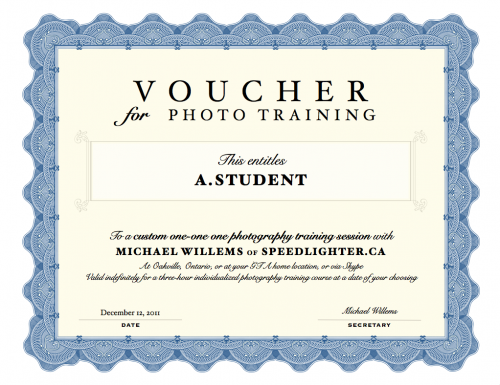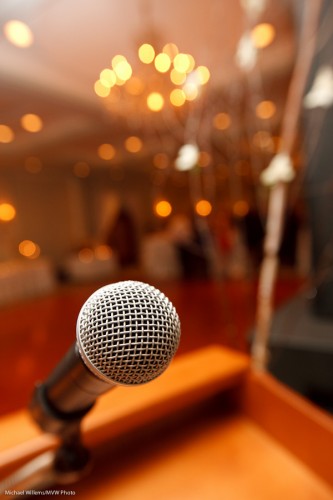That above-mentioned book, by Steinbeck, was challenged many times for its alleged vulgarity. As was “Lady Chatterley’s Lover” by D.H. Lawrence. As was “Ulysses” by James Joyce. And the list goes on: many works of art, visual and written, have been seen by the narrow-minded as vulgar.
As was mine today.
I do not of course want to put myself in the same category as those giants, but nevertheless the effect of such narrow thinking is still here. You see, today I was banned from Facebook for 24 hours (so far – it could get worse) for posting an image, in a closed, secret, invitation-only group for professional photographers. An image just like this one, from the same shoot:
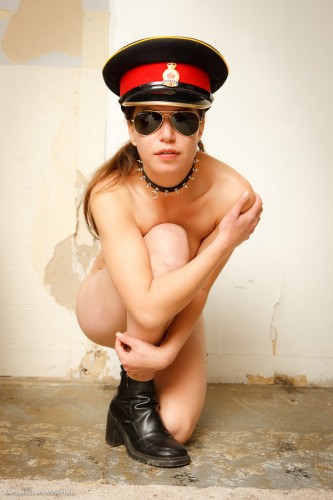
I see this:
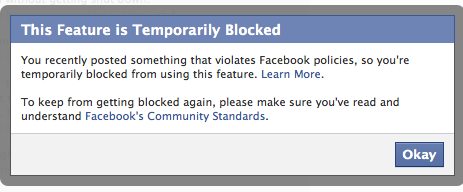
Ever noticed that when someone says “Policy”, something bad follows, that you cannot argue with?
Now yes, I do know the Facebook terms of use. In keeping with the 1950s morality that rules much of the religious south, they say there must be no nudity.
That would exclude much renaissance art, of course. But the restriction is not a big deal in practice for images – the way I look at it, nudity must involve something other than arms, legs or shoulders.
And yet I was banned. In a very worrying process: there is no recourse, no debate, no indications of who complained (in a closed secret group like that, the way to get banned is if someone “reports” your image as wrong).
This process is wrong because:
- As said, is no debate or recourse, no-one to talk to.
- There is no indication of who your secret accuser is.
- This process of “report and we basically ban if it offends anyone” drags everything down to the lowest common denominator. Another group I used to be on used to ban people for showing tattoos, since the Lord, in the Bible, apparently prohibits them. This is 2011 USA, not 1500 Europe or Saudi Arabia.
- Nudity is not wrong! it is beautiful. Violence is wrong – and yet that is allowed all over the place.
- Not that there was, in my opinion, nudity here – if even implied nudity is nudity, then heck, we might as well veil our women.
- Facebook is an important part of a photographers’ business. If Facebook has the right to cancel or ban people with no due process of any sort, that gives them a worrying amount of monopoly power. And absolute power, as we know, corrupts.
But above all – censorship does not work. The people on the closed group all wanted to know more, and all headed to my Tumblr site, which is not run by mice, but by men. And the 150 people in that group can no longer see my image on Facebook, but the many thousands of readers here can now all see it.

